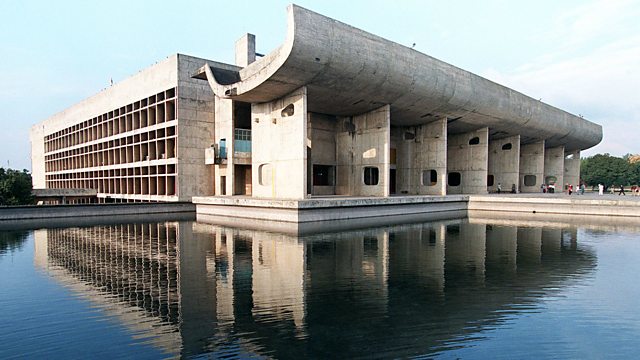India's City of the Future: Chandigarh
After the trauma of Partition India's first Prime Minister persuaded the world famous modernist architect, Le Corbusier, to help reinvent a newly independent India.
After India's traumatic Partition Prime Minister Jawaharlal Nehru persuaded the maverick Swiss-French architect, Le Corbusier, to help reinvent a newly independent India by building a new capital city for the province of Punjab.
Le Corbusier had revolutionised architecture and urban planning in the first half of the twentieth century. He was loved and hated in equal measure for his modernist approach, favouring flat roofs, glass walls and concrete.
Nehru said this new city would be "symbolic of the freedom of India, unfettered by the traditions of the past".
Starting in 1950 the city of Chandigarh was built from scratch on farmland and is unlike any other city in India. The broad boulevards, pedestrianised plazas and green spaces were designed to encourage a feeling of order and of being close to nature.
Claire Bowes spoke to Sumit Kaur, former Chief Architect and lifelong resident of Chandigarh, about the personal legacy left by Le Corbusier.
Photo:The Chandigarh Legislative Assembly building. 1999 (AFP PHOTO / John Macdougall)
Last on
More episodes
Broadcasts
- Wed 30 Nov 2016 08:50GMT大象传媒 World Service except News Internet
- Wed 30 Nov 2016 13:50GMT大象传媒 World Service Americas and the Caribbean
Featured in...
![]()
Witness Archive 2016
History as told by the people who were there. All the programmes from 2016
Podcast
-
![]()
Witness History
History as told by the people who were there



